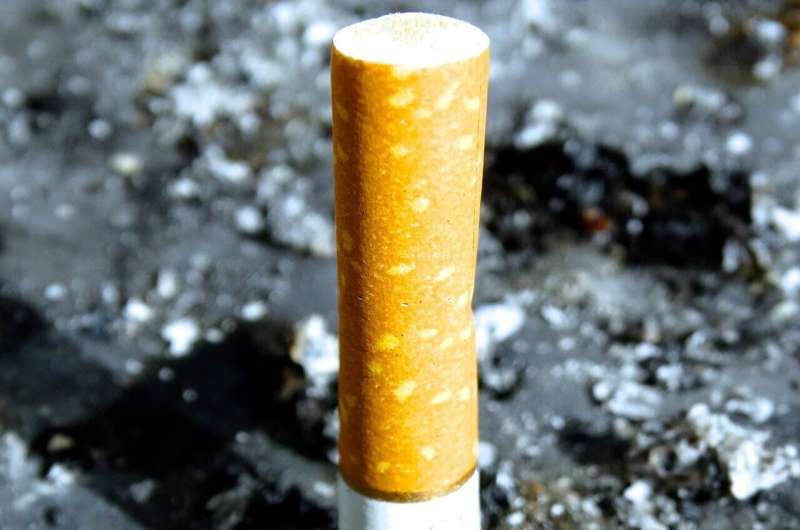Much work needs to be done to change the US smoking rate, experts say

Every year, the Great American Smokeout draws attention to preventing deaths and chronic illness caused by smoking. Almost 38 million Americans, including nearly one million in New Jersey, still smoke tobacco and about half of all smokers die from smoking-related illnesses.
Here, Michael Steinberg, professor and chief in the Division of General Internal Medicine at Robert Wood Johnson Medical School and Medical Director of the Rutgers Center for Tobacco Studies, which operates the Tobacco Dependence Program to help people quit tobacco, and Andrea Villanti, associate professor in the Department of Health Behavior, Society and Policy at the Rutgers School of Public Health and Deputy Director of the Rutgers Center for Tobacco Studies, discuss challenges to change smoking rates.
Smoking rates have significantly dropped over time. Why should we still be concerned about trends in tobacco use?
Villanti: While the rates of cigarette smoking have declined over the past several decades, we know those gains have been inconsistent. In a study published in JAMA Network Open, we found high smoking prevalence and lower quit ratios in rural versus urban areas. In addition to where people live, other research shows there are disparities in tobacco use based on social and demographic factors such as race and ethnicity, age, sexual orientation, disability status, socioeconomic status and/or behavioral health status.
Steinberg: Related to this, we know there still a lot of work to be done to decrease tobacco use in patients with substance use disorder, depression and other psychiatric conditions, who continue to use tobacco at much higher rates than the general public. In our own research, we found that while most psychiatrists ask patients if they smoke, advise quitting and assess willingness to quit, a much smaller percent of psychiatrists assist patients with establishing quit plans or arranging for follow up. There are many competing priorities for health professionals; we want them to know they can refer patients to quitting resources like the Rutgers’ Tobacco Dependence Program or any of New Jersey’s 11 Quit Centers.
Why is now a good time to quit?
Steinberg: In addition to providing a time for people to quit during the Great American Smokeout on November 17, fall and winter can bring a surge of flu and COVID-19 cases, which are contagious respiratory illnesses. Smoking reduces lung capacity and increases the risk for respiratory infections. Quitting smoking can result in immediate benefits to health.
How has the COVID-19 pandemic impacted tobacco treatment delivery?
Steinberg: The COVID-19 pandemic posed challenges to all types of health care delivery but it also resulted in new opportunities. In a study conducted across 34 National Cancer Institute–designated cancer centers, including Rutgers Cancer Institute of New Jersey, we found that centers that adopted telehealth practices were able to maintain tobacco treatment for patients who smoke. Here at Rutgers, we continue to offer one-on-one and group counseling in both virtually and in-person.
Villanti: Text messaging interventions can also be another way to help people quit smoking, particularly people not currently accessing tobacco treatment. In a randomized controlled trial, we found that low-income young adults engaging in a 12-week tailored text message smoking cessation intervention produced greater smoking abstinence than referral to online quit resources. Smokefree.gov offers a variety of free and tailored text messaging programs that provide help on-demand and around the clock. Some states also provide text messaging assistance through their tobacco quitlines.
What advice do you have for people who want to quit using tobacco?
Steinberg: We encourage people with an interest in quitting to reach out. Whether it is for your health, your wallet, your family or just not wanting to be addicted any longer, this is a great time to make the effort to stop—and we can help!
Source: Read Full Article


